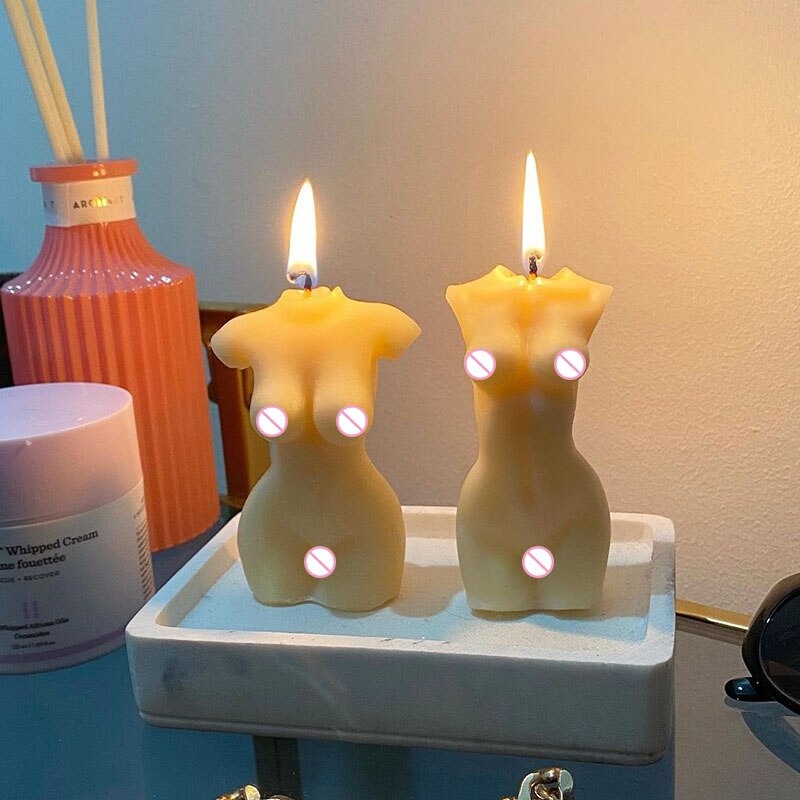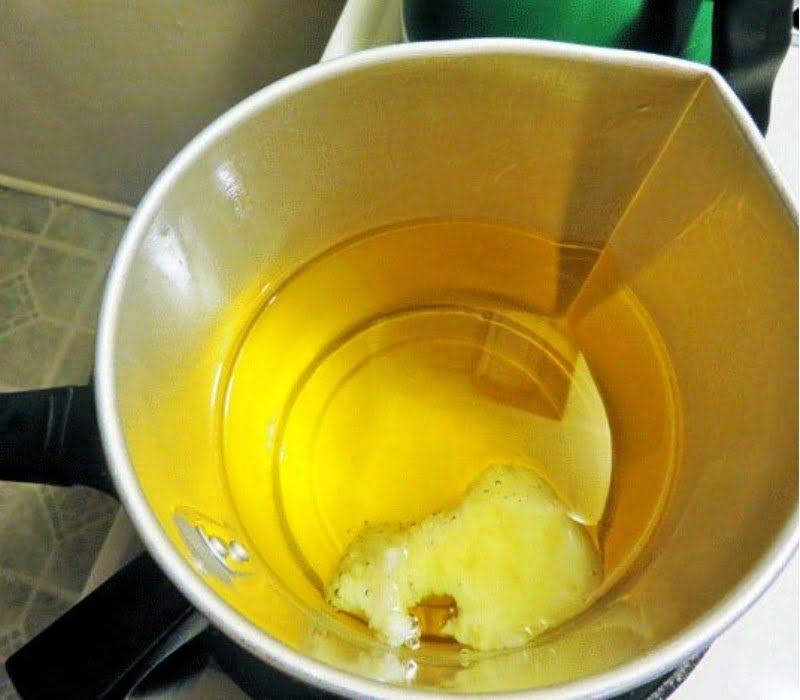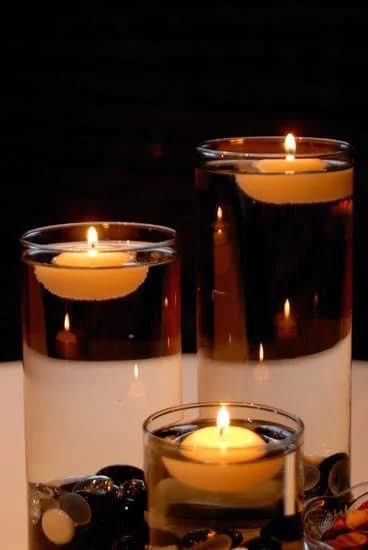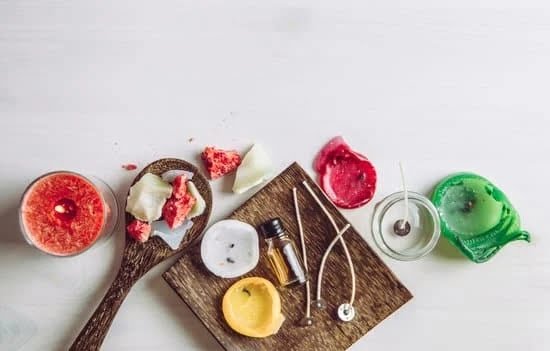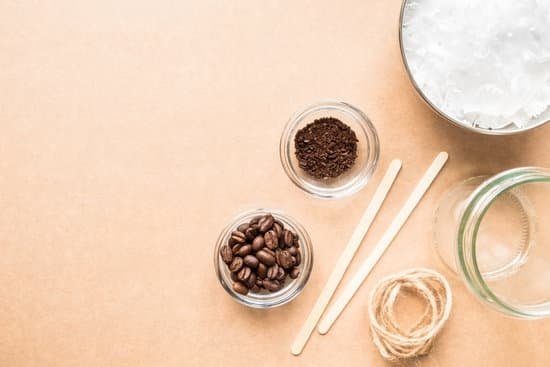Are you curious about whether essential oils can be used for candle making? Essential oils have gained significant popularity for their natural aromatherapy and wellness benefits, and their use extends beyond just diffusers and beauty products. In this article, we will explore the possibilities of incorporating essential oils into candle making, including the benefits, drawbacks, best essential oils to use, and practical tips for creating your own unique scented candles at home.
Essential oils have become a staple in many households due to their enticing aromas and potential health advantages. They are commonly utilized in various products such as skincare, haircare, and cleaning solutions. However, one lesser-known application of essential oils is in candle making. With their distinct fragrances and therapeutic properties, essential oils can add a delightful sensory experience to candles.
Before delving into the specifics of using essential oils for candle making, it’s important to understand the different types of essential oils available on the market and their individual properties. Each type of oil carries its own unique scent profile and potential benefits when used in candles.
In addition to providing an overview of the candle making process and typical ingredients used, we will also discuss the advantages of incorporating essential oils into candles and explore any potential drawbacks associated with this practice. Understanding these factors is crucial for anyone considering using essential oils in their candle making endeavors.
Understanding Essential Oils
Essential oils are natural, volatile compounds derived from plants that have been used for centuries for their various therapeutic properties. They are highly concentrated and contain the characteristic fragrance and properties of the plant they are extracted from. Essential oils are commonly used in aromatherapy, skincare products, and household cleaning solutions. These versatile oils can add a pleasant aroma to any space and have been increasingly popular in candle making.
There are numerous types of essential oils, each with its own unique fragrance profile and therapeutic benefits. Some popular essential oils include lavender, peppermint, lemon, eucalyptus, and rosemary. Lavender oil is known for its calming and relaxing properties, while peppermint oil has an invigorating and energizing effect. Lemon oil is often used for its refreshing scent, while eucalyptus oil is prized for its respiratory benefits. Rosemary oil is valued for its stimulating and clarifying properties.
When it comes to using essential oils in candle making, it’s essential to consider the specific characteristics of each type of oil. Some essential oils have a lower flash point than others, which means they may evaporate more quickly when exposed to heat. Additionally, certain essential oils may discolor or change the texture of the wax when added in high concentrations. Therefore, it’s important to research each essential oil before incorporating it into your candle making process.
| Types of Essential Oils | Fragrance Profile |
|---|---|
| Lavender | Calming and relaxing |
| Peppermint | Invigorating and energizing |
| Lemon | Refreshing |
| Eucalyptus | Respiratory benefits |
Candle Making Basics
Candle making is a popular hobby and creative outlet for many individuals. The process of making candles involves several key steps, from selecting the right wax to adding fragrance and color. Understanding the basics of candle making is essential for anyone interested in creating their own unique candles at home.
Overview of the Candle Making Process
The candle making process typically begins with choosing a suitable wax, such as soy wax, paraffin wax, or beeswax. Once the wax is selected, it is melted down and combined with fragrance oils, colorants, and other additives. The mixture is then poured into a container or mold and left to cool and solidify. Finally, the wick is added, and the candle is ready to be enjoyed.
Ingredients Typically Used in Candle Making
In addition to wax and fragrance oils, other ingredients commonly used in candle making include wicks, colorants, and additives such as stearic acid or vybar. Wicks come in various sizes and materials to accommodate different types of candles.
Colorants can be liquid dyes or powdered pigments that are added to the melted wax to create vibrant hues. Additives like stearic acid can help improve the scent throw of the candle, while vybar can enhance the appearance and texture of the finished product.
Can Essential Oils Be Used for Candle Making?
Many people wonder whether essential oils can be used for candle making. The answer is yes. Essential oils are natural plant extracts known for their aromatic properties. When added to candles, they can provide unique scents that not only fill a room but also offer potential therapeutic benefits. However, there are some important considerations to keep in mind when using essential oils in candle making, including proper measurement and potential drawbacks such as scent evaporation during burning.
Essential Oils for Candle Making
When it comes to candle making, essential oils can be a valuable addition to your creations. These natural oils are derived from various plants and have been used for centuries for their therapeutic and aromatic properties. In recent years, they have gained popularity for their use in candles as well. Essential oils not only add fragrance to the candles but also offer potential health benefits, making them an attractive option for those looking to create homemade candles.
Benefits of Using Essential Oils in Candles:
- Aromatherapy: Essential oils are known for their aromatherapy benefits, which can help create a calming or energizing atmosphere depending on the oil used.
- Natural and Non-Toxic: Unlike synthetic fragrance oils, essential oils are natural and do not contain harmful chemicals or additives, making them a healthier choice for candle making.
- Customizable Scents: With a wide variety of essential oils available, you can create custom scents by blending different oils together, allowing for endless possibilities in fragrance combinations.
Potential Drawbacks of Using Essential Oils in Candles:
- Volatility: Some essential oils have a lower flash point than fragrance oils, which may result in the scent dissipating more quickly when the candle is burned.
- Cost: High-quality essential oils can be more expensive than synthetic fragrance oils, which may increase the overall cost of candle making.
- Variation in Scent: The aroma of essential oils can vary based on factors such as source, extraction method, and storage conditions, leading to inconsistency in scent when used in candles.
Despite these potential drawbacks, many people find that the benefits of using essential oils outweigh any challenges when it comes to candle making. With careful consideration and experimentation, you can create beautifully scented candles using these natural plant extracts. In the next section, we will explore some of the best essential oils for candle making and their unique fragrance profiles.
Best Essential Oils for Candle Making
When it comes to creating homemade candles, one of the most exciting aspects is choosing the perfect essential oils to incorporate into your creations. Essential oils not only add a delightful fragrance to the candles but also provide potential health benefits when they are burned. There are numerous essential oils that can be used for candle making, each offering its own unique scent and properties.
Some of the best essential oils for candle making include:
- Lavender: Known for its calming and relaxing properties, lavender essential oil is a popular choice for candles meant for promoting rest and relaxation.
- Peppermint: With its invigorating and refreshing scent, peppermint essential oil is an excellent option for creating energizing and uplifting candles.
- Lemon: Citrusy and bright, lemon essential oil can bring a cheerful and fresh aroma to your homemade candles.
It’s important to keep in mind that different essential oils have varying flashpoints, which can affect their performance when used in candle making. Some essential oils may evaporate more quickly than others when heated, resulting in a weaker fragrance throw. Additionally, certain essential oils may cause discoloration or other changes in the appearance of the candle wax.
To ensure success when using essential oils in candle making, here are some practical tips to consider:
- Always use high-quality, pure essential oils to achieve the best results in terms of scent throw and overall performance.
- Experiment with different blends of essential oils to create unique fragrance profiles that suit your personal preferences.
- Be mindful of any safety precautions when working with essential oils, such as proper dilution and handling techniques.
By carefully selecting and incorporating the right essential oils into your candle making process, you can elevate your homemade creations with captivating scents that enhance any environment. Whether you prefer floral, herbal, or citrus aromas, there are countless options when it comes to using essential oils for candle making.
Tips for Using Essential Oils in Candle Making
Essential oils have become increasingly popular in a variety of products, including candles. Their use can add unique scents and potential therapeutic benefits to candle making. However, it is important to understand how to properly incorporate essential oils into the process to ensure both effectiveness and safety.
When using essential oils in candle making, it is crucial to measure them accurately. Adding too much or too little oil can affect the fragrance of the candle, as well as its burn time and safety.
Typically, you will use about 1 ounce of essential oil for every 1 pound of wax used for candle making. It’s also important to note that some essential oils are more potent than others, so adjusting the amount based on the specific oil being used is necessary.
Safety precautions must also be taken when working with essential oils in candle making. Some essential oils are flammable and should be handled with care throughout the entire process. It’s important to work in a well-ventilated area and keep all flammable materials away from open flames or heat sources.
Properly incorporating essential oils into candle making enhances the overall experience for both the crafter and the user. With proper measurements and safety precautions, using essential oils in candle making can result in beautifully scented candles that provide a sense of relaxation and well-being.
| Using Essential Oils | Practical Advice |
|---|---|
| Accurate measurement is key | Adjust amount based on potency |
| Safety precautions are crucial | Keep flammable materials away from open flames |
DIY Essential Oil Candle Recipes
Creating your own essential oil-infused candles at home is a fun and rewarding DIY project that allows you to customize the scents of your candles to suit your preferences. By using essential oils in candle making, you can enjoy the natural aromatherapy benefits while also adding a personal touch to your space. Whether you are a beginner or an experienced candle maker, incorporating essential oils into your candle creations can elevate the overall experience.
Materials Needed
Before you start making your essential oil-infused candles, it’s important to gather all the necessary materials. You will need soy or beeswax, candle wicks, a double boiler or a heat-safe container for melting wax, essential oils of your choice, a thermometer, and containers for pouring the melted wax. Additionally, you may want to consider adding dried flowers or herbs for aesthetic appeal.
Step-by-Step Instructions
- Begin by melting the soy or beeswax in a double boiler or heat-safe container over low heat until it reaches the desired temperature.
- Once the wax is melted, remove it from the heat source and allow it to cool slightly before adding the essential oils. It is important to add the oils at the right temperature to ensure that their fragrance is not compromised.
- Carefully stir in the essential oils of your choice using a thermometer to monitor the temperature. Be sure to follow recommended guidelines for proper measurement based on the amount of wax being used.
- Place the wick in your chosen container and slowly pour the scented wax into the container, being mindful not to disturb the wick.
- Allow the candles to cool and solidify completely before trimming the wick and enjoying your handcrafted creation.
Safety Precautions
When working with essential oils in candle making, it’s important to exercise caution and prioritize safety. Ensure that you are using high-quality essential oils suitable for use in candles and always follow recommended guidelines for dilution and usage levels. Additionally, be mindful of any potential allergic reactions or sensitivities when selecting and blending essential oils for your candles.
By following these step-by-step instructions and practicing safety precautions, you can create beautifully scented essential oil-infused candles that will enhance any space with their delightful fragrances while providing therapeutic benefits as well.
Conclusion
In conclusion, essential oils can indeed be used for candle making, and their popularity in this area continues to grow. As we have explored the different types of essential oils and their unique properties, it is clear that they offer a wide range of fragrance options for creating personalized candles. From soothing lavender to uplifting citrus scents, essential oils can add an aromatic dimension to your candle making experience.
While there are benefits to using essential oils in candles, such as their natural and therapeutic qualities, it is important to consider potential drawbacks such as proper measurement and safety precautions. However, with the right knowledge and care, incorporating essential oils into your candle making process can result in beautiful and fragrant creations.
As we have highlighted specific essential oils that work well in candles and provided tips for utilizing them effectively, we hope that readers feel inspired to experiment with essential oils in their own candle making endeavors. Whether following our DIY essential oil candle recipes or exploring their own combinations, the possibilities are endless for creating unique and delightful aromas through the use of essential oils.
So go ahead, unleash your creativity and enjoy the art of crafting beautiful scented candles using essential oils.
Frequently Asked Questions
Which Essential Oils Are Safe for Candle Making?
When it comes to candle making, essential oils that are safe to use include lavender, citrus, peppermint, eucalyptus, and many others. It’s important to ensure that the essential oils you choose are specifically labeled for candle making.
Can You Use Normal Essential Oils in Candles?
Normal essential oils can be used in candles, but there are a few things to consider. Some essential oils may not mix well with the wax or could produce an unpleasant scent when burned. It’s best to use essential oils intended for candle making.
Can You Use Any Scented Oil for Candle Making?
Not all scented oils are suitable for candle making. Many scented oils contain additives or synthetic fragrances that can be harmful when burned. It’s important to use high-quality fragrance oils specifically designed for candle making to ensure safety and quality of the final product.

Welcome to my candle making blog! In this blog, I will be sharing my tips and tricks for making candles. I will also be sharing some of my favorite recipes.

